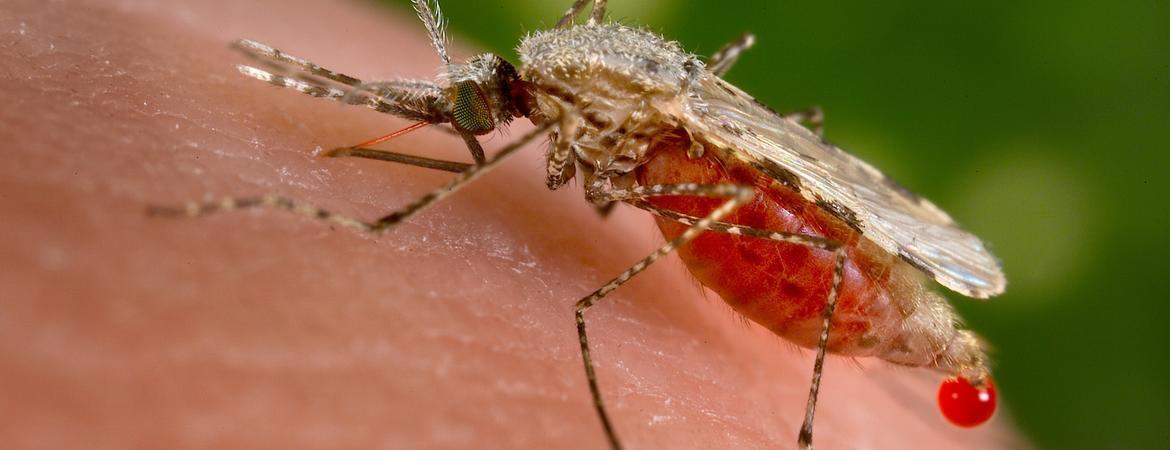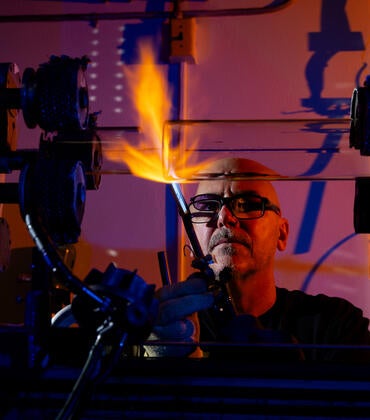UC Riverside researchers have published a paper in Cell Reports that addresses an important question in the field of sensory receptor function, particularly for some odorant receptors that function as “heteromers” — receptors with more than one subunit: How do the different subunits of a receptor contribute to the detection of different ligands?
Ligands are signaling molecules that modulate processes inside cells by binding to receptors. The mosquito CO2 receptor has three subunits and is widely tuned to a diverse collection of ligands. The receptor is critical because it allows mosquitoes to sense exhaled CO2 and odorants from skin, facilitating the mosquitoes’ navigation towards a living vertebrate host.
“Understanding how this receptor functions could lead to a better approach for manipulating mosquito behavior,” said Anandasankar Ray, a professor in the Department of Molecular, Cell and Systems Biology, who led the research team.
The three subunits in the CO2 receptor in mosquitoes are Gr1, Gr2, and Gr3. The fruit fly, on the other hand, lacks a Gr2 equivalent and instead forms a functional CO2 receptor with Gr1 and Gr3 orthologs, which are Gr21a and Gr63a, respectively.
Ray’s team used CRISPR technology to create a mutant Gr21a and found that the mutant fly did not detect CO2. Next, they generated a double mutant by combining with a Gr63s mutant fly. Using powerful genetic methods, the team then systematically expressed combination of the three Aedes mosquito subunits Gr1, Gr2, and Gr3 in this non-responding CO2 neuron system. The researchers found different combinations of Gr1, Gr2, and Gr3 contribute to the detection of different ligand classes of activators such as CO2, aliphatic, and aromatic compounds.
“The CO2 receptor subunits are among the most evolutionarily conserved of all insect chemosensory receptors, and they are activated or inhibited by a range of diverse ligands,” Ray said. “Our new work adds to our knowledge of basic mechanisms of olfactory receptor function and aids in the design of new tools to manipulate host-seeking behavior of mosquitoes and other insects.”
Ray explained that the detection of skin odorants presents another interesting perspective briefly discussed in the research paper.
“The butyric and iso-butyric acid that the CO2 receptor is inhibited by are found in human skin,” he said. “This finding has not been understood before and could contribute to understanding why mosquitoes are attracted more to some people than others; people may have different levels of these acids on skin.”
The paper, “Contributions of the Conserved Insect Carbon Dioxide Receptor Subunits to Odor Detection,” was co-authored by Arun Kumar, Genevieve M. Tauxe, Sarah Perry, Christi Ann Scott, and Anupama Dahanukar. The research was supported by grants from the National Institutes of Health.





